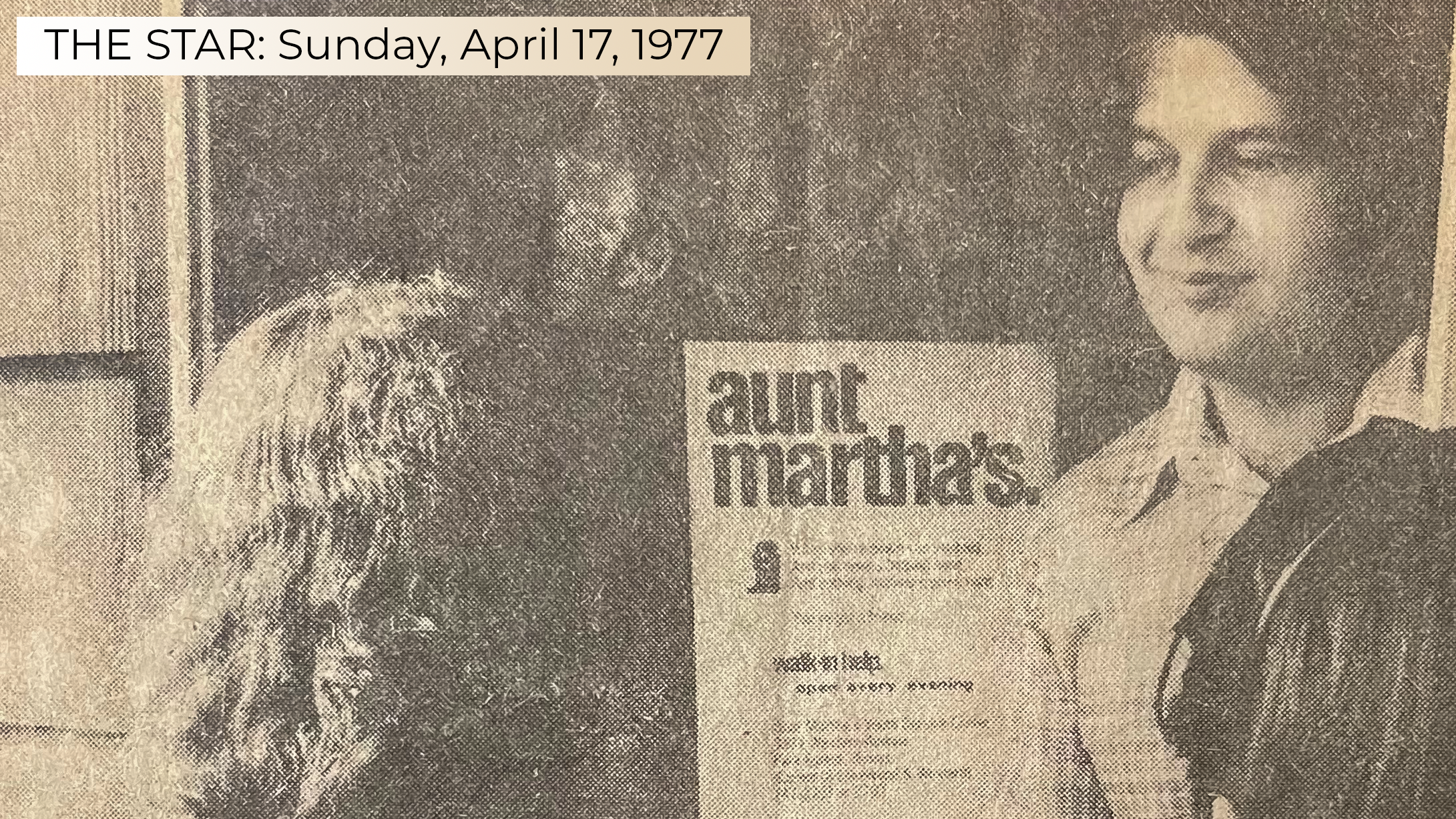Aunt Martha’s grassroots beginnings, willingness to embrace new ideas and consider new perspectives were an extension of a progressive mindset that had set the Village of Park Forest apart as the first post-World War II, planned community. This was, in every way, a dynamic and engaged community.
When its first generation of youth came of age in the mid- to late-1960s, Park Forest’s most forward-thinking adults understood the challenges of the day (and the years ahead) could only be met with collaboration and open dialogue. In 1969, concerned by the reflection of changing times in new and increasing teenage troubles, they formed a Commission of young people and adults to explore problems and recommend solutions.

The following year, more than 400 teenagers attended a commission-sponsored “Gripe-In.” Then, the Youth Commission had the idea of hiring something called a Village Youth Worker. The Village indulged. Eventually, they had the idea to open a drop-in center, and to call it Aunt Martha’s.
Not part of the “the system”
Its origins and image as a source of help outside “the system” gave Aunt Martha’s instant credibility among marginalized groups. Yet, especially in the early years, it was the agency’s ability to garner support at the local level that sped Aunt Martha’s growth.
A drop-in center, foster care services, health care services, outdoor recreation, employment training, LGBTQ groups. All confidential. Every program was continuously informed by the voices of the people and communities it was designed to serve. Every program was built on the belief that young people, that ALL people, had a right to make decisions based on the best information, to ask questions, to be heard and to receive the best possible care.
